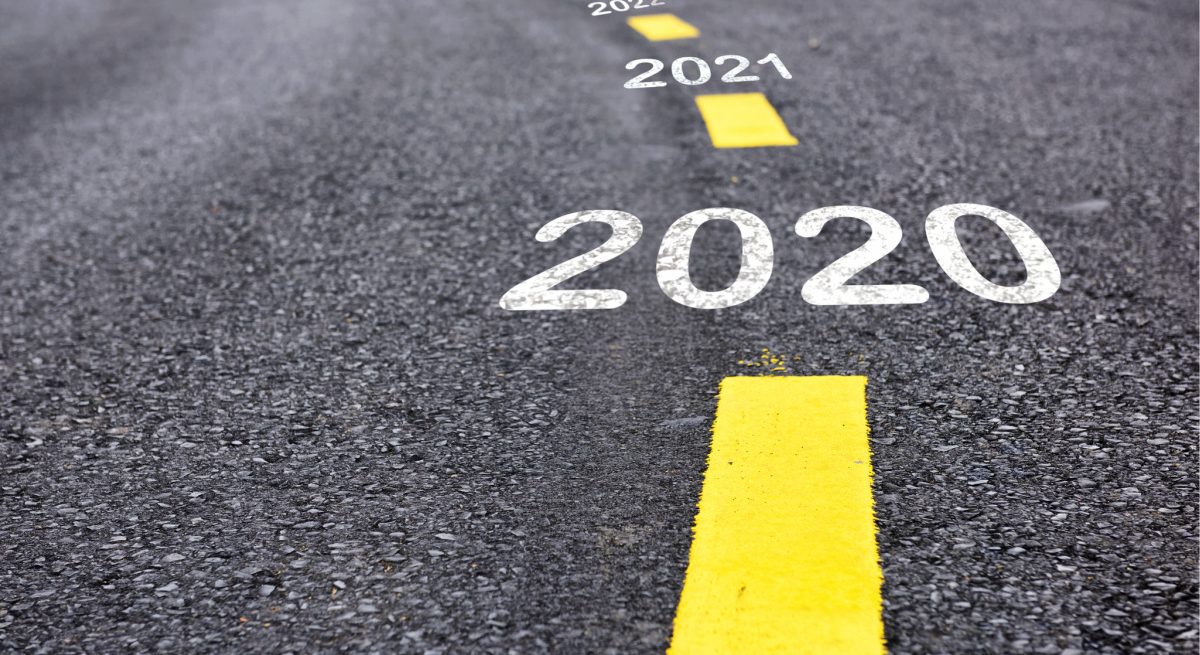How Having A Long-Term Plan Can Help Restaurants Handle the Short-Term Crisis
4 Min Read By Devon Wright
Here’s a wild guess: your plan for 2020 didn’t involve a restaurant-crushing pandemic.
Neither did mine.
As the general manager of Yelp for Restaurants, my job is to help restaurants succeed. In the first half of the year, that job suddenly got a whole lot harder. In a typical month, we used to help restaurants seat over four million diners. In April, I watched that number plummet to nearly zero. Overnight.
As I sat and looked at the numbers, my heart sank. I knew restaurants were in trouble. And if restaurants were in trouble, so was our Yelp for Restaurants business.
Enter Erik Oberholtzer of Tender Greens.
How to Turn an Obstacle into an Opportunity
Erik is uniquely qualified to advise and inspire our industry during the pandemic. He’s the force behind Tender Greens, with chef-lead locations in California and Boston. When I heard Erik talking with Josh Kopel on the Full Comp podcast about how his ten-year plan helped him navigate the 2009 financial crisis, I knew he had the right idea.
Instead of seeing the crisis as an obstacle, Erik saw it as an opportunity to innovate. Instead of panicking about the unexpected roadblock, he calmly embraced having to take a detour because he knew his final destination hadn’t changed. Instead of worrying about how the crisis might delay his long-term vision, he focused on how it could accelerate parts of his plan.
He looked for opportunities to strengthen relationships with his vendors and suppliers, for opportunities to acquire cheap real estate, for opportunities to scoop up great talent who suddenly found themselves out of work, and for opportunities to better serve his community in a time of need.
That’s when I started asking: What parts of our plan could be accelerated?
That’s when I started asking: What parts of our plan could be accelerated?
At the start of the year, Yelp for Restaurants had embarked on a three-year plan to redesign how we helped restaurants run their businesses better. After speaking with restaurant owners and operators, we realized we needed to expand our product offering beyond just helping manage their front-of-house better with Yelp Waitlist and Yelp Reservations.
Restaurants wanted a one-stop shop to support their business. They knew Yelp could do more than just help them seat diners. With the largest diner network in America, they wanted help connecting with those diners. And once they had, they wanted help staying connected, so they could share their unique voice directly with their customers on Yelp.
So we set out to design the services and bundles that would meet these needs. Originally, we intended to pilot our new programs by July.
But coronavirus threw a wrench into that. Restaurants were mandated to completely shut down dine-in. This made our leading product offerings, Yelp Waitlist and Yelp Reservations, necessary for reopening…but with no idea when that might be, they were useless in the meantime. We were at risk of not having enough support to offer restaurants during the pandemic.
Having a three-year vision in mind helped us zoom out and start looking where opportunities might exist to help restaurants through the crisis and actually accelerate, rather than slow down, our plan. We knew the research we did listening to restaurant’s needs would still be invaluable, since the virus was likely to shift the priority of those needs, rather than change them completely.
As restaurants pivoted to curbside pick-up and delivery, they needed ways to get traffic to their website. As the largest restaurant discovery platform, we knew our ads could help with that.
As restaurants needed to communicate updates about new offerings like cooking classes or meal kits, about changes to their operations, about coronavirus and all the rest, they needed ways to reach their customers. As a restaurant technology provider, we had products, like our Yelp Connect platform, that could help with that, too.
Instead of trying to help restaurants with their non-existent waitlists and reservations, we pulled forward the parts of our three-year plan that could help them succeed in a coronavirus world. We quickly put all hands on deck designing the packaging, pricing and sales collateral around the products that could help restaurants most. By March 20th we had them ready to go with $25 million in price relief to help restaurants get started on their new plans fast (this eventually resulted in $32 million of relief).
Sh*t has Hit the Fan. What’s Your Long-Term Plan?
A sudden crisis has a way of sucking us into the present moment. When things are changing day by day, even hour by hour, you have to focus on immediate priorities and make snap decisions. We’ve all learned lessons through this crisis about the need to take quick and decisive action.
But there’s also a danger in getting stuck in that minute-by-minute mode. There’s value in taking the time to zoom out and think about the bigger picture, about the next few years rather than the next few hours.
Because in the long term, a lot hasn’t changed. People are still going to want great food. People are still going to crave new experiences, social interactions and the feeling of community the hospitality industry has always helped to provide.
The only thing that’s changed is how you’re going to get there.


